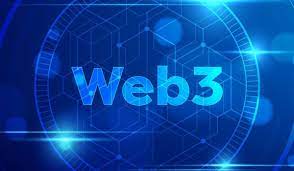Web3 enables greater user control and ownership of data compared to traditional web applications through the following mechanisms:
- Decentralization: Web3 applications are built on decentralized networks, typically utilizing blockchain technology. Instead of relying on centralized servers and infrastructure controlled by a single entity, data in Web3 is distributed across multiple nodes in the network. This decentralization reduces the dependence on a central authority and gives users more control over their data.
- User-centric Data Ownership: In Web3, users have greater ownership and control over their data. Through the use of cryptographic keys, users can securely manage their data and control access permissions. They can decide which data to share, with whom, and for what purposes. This shift puts users in the driver’s seat, allowing them to maintain ownership and make informed decisions about their personal information.
- Self-Sovereign Identity: Web3 supports the concept of self-sovereign identity, where individuals have full control over their digital identities and personal data. Users can create and manage their identities through cryptographic keys, enabling them to authenticate and interact with applications without relying on centralized identity providers. This empowers users to maintain ownership of their identity and data across different platforms and services.
- Data Encryption and Privacy: Web3 emphasizes privacy and data encryption. Users’ data can be encrypted, ensuring that only authorized parties with the necessary decryption keys can access it. This encryption, coupled with the decentralized nature of Web3, reduces the risks of data breaches and unauthorized access to personal information.
- Interoperability and Data Portability: Web3 promotes interoperability between applications and platforms. Users can have control over their data and easily transfer it between different Web3 applications, as long as they are compatible with common standards and protocols. This data portability empowers users to switch between services without losing control over their data.
- Tokenization of Data: Web3 allows for the tokenization of data, representing data assets as tokens on the blockchain. This tokenization enables users to have ownership and control over their data assets, potentially monetizing them or exchanging them with others in a peer-to-peer manner.
Overall, Web3 shifts the paradigm of data ownership and control from centralized entities to individuals. By leveraging decentralization, user-centric approaches, encryption, and interoperability, Web3 empowers users to have greater control over their data, ensuring privacy, security, and the ability to make informed choices about how their data is utilized.
SHARE
